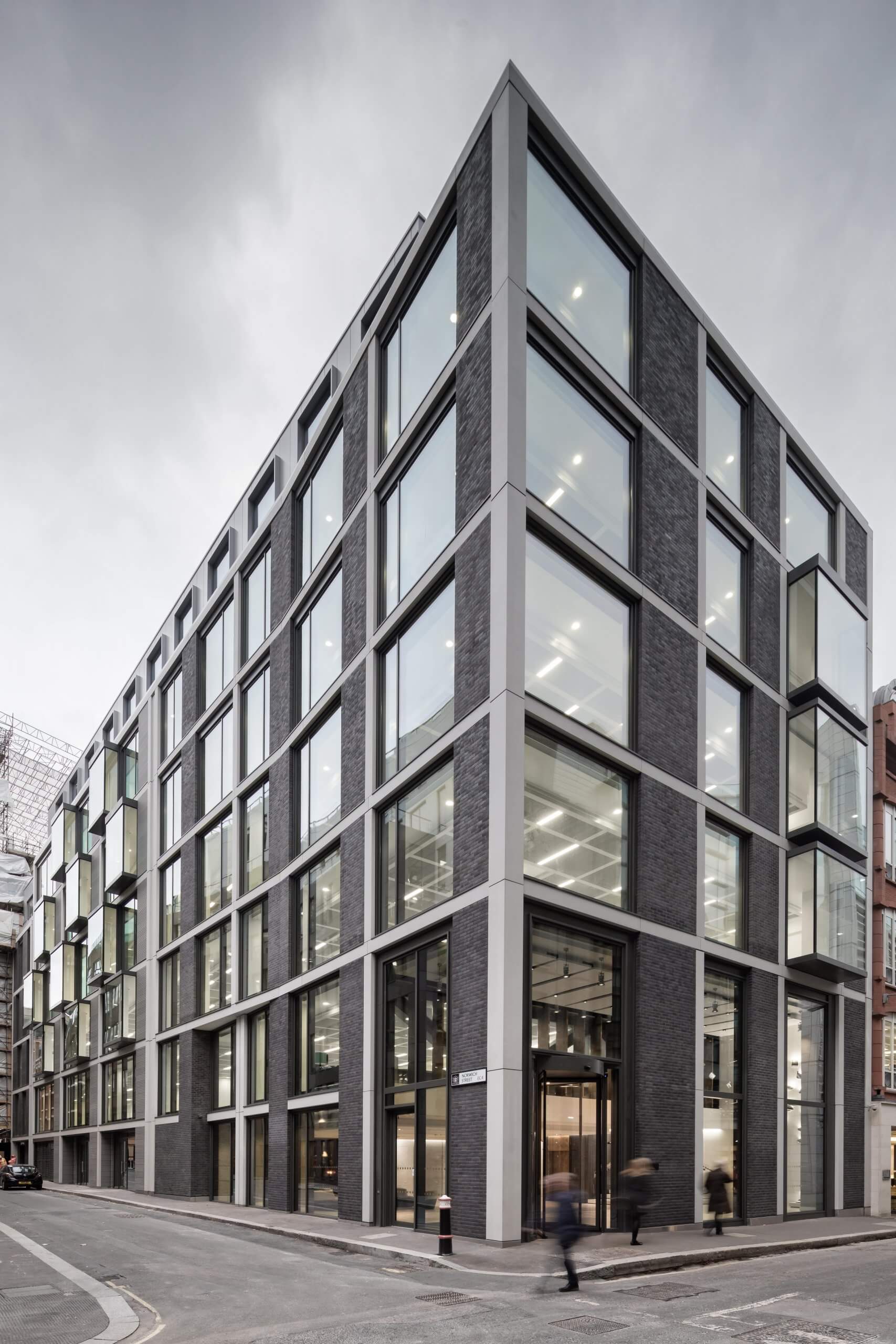On the client’s shopping list were state-of-the-art landlord facilities, light-filled modern office floor plates and a high level of craftmanship on show within the interior fit-out. The client was also keen to target wellbeing and sustainability accreditations and deliver a net reduction of 35% in terms of operational energy use.
Creating value on a challenging site
Following a series of strategic briefing sessions, the team made the decision to retrofit the existing building and work began in earnest to deliver the scheme within a short 18-month timescale.
Initial cost appraisals indicated that a 20% uplift in floor area would be needed to fund the project. This was not going to be easy on a site constrained by the Chancery Lane Conservation Area and the London View Management Framework (LVMF); established to protect strategic views of London’s historic landmarks.
Visualising the proposals
JRA used Graphisoft’s Archicad to test a series of massing extension proposals in 3D from the outset.
With a simple, geo-located 3D model we can appraise massing, materiality and thermal performance along with a variety of internal spatial strategies for the building.
Kuros Srshar- project director at JRA
“The renderings generated from these models allow us to negotiate key parameters of the scheme early on with the client and local planning authorities,” he continues.
Improving natural light and thermal performance
“Once the massing strategy was agreed and the planning application lodged, we began working in a more detailed BIM environment with other consultants, adopting a ‘volumetric strategy’ for new structure and services, whilst the internal linings of the building were removed and super-structure scanned,” says Kuros
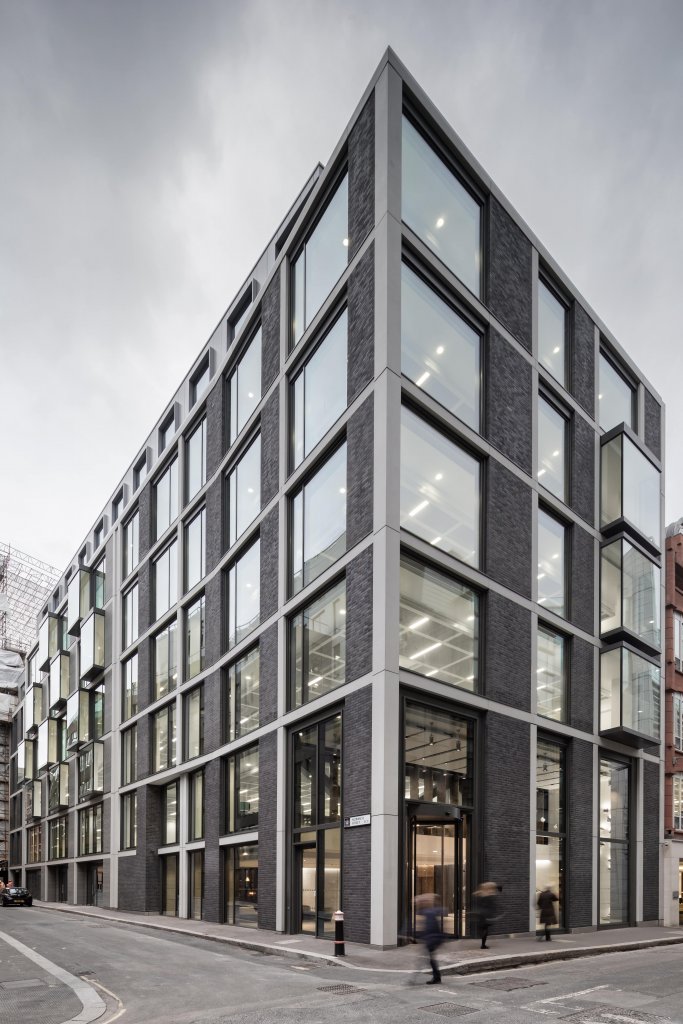
JRA: Bureau, 90 Fetter Lane https://www.jra.co.uk/ 
JRA: Bureau, 90 Fetter Lane https://www.jra.co.uk/
Working with MTT Consult and Neil Murphy Facades, JRA deployed thermal modelling techniques to achieve a highly glazed façade that brought in strategic views and natural light, without compromising on the scheme’s thermal performance targets. At ground level large areas of glazing were introduced to satisfy the planning authority’s request for greater transparency to activate the streetscape.
Optimising the interior layout
Due to the heavy constraints on extending the building vertically, JRA explored how they might reconfigure the internal layout of the building to create more lettable space.
One of the team’s first ambitions was to remove one of the three stair cores within the building to generate additional lettable floor area on every floorplate. This was achieved through fire engineering and improvement of the early warning systems within the building.
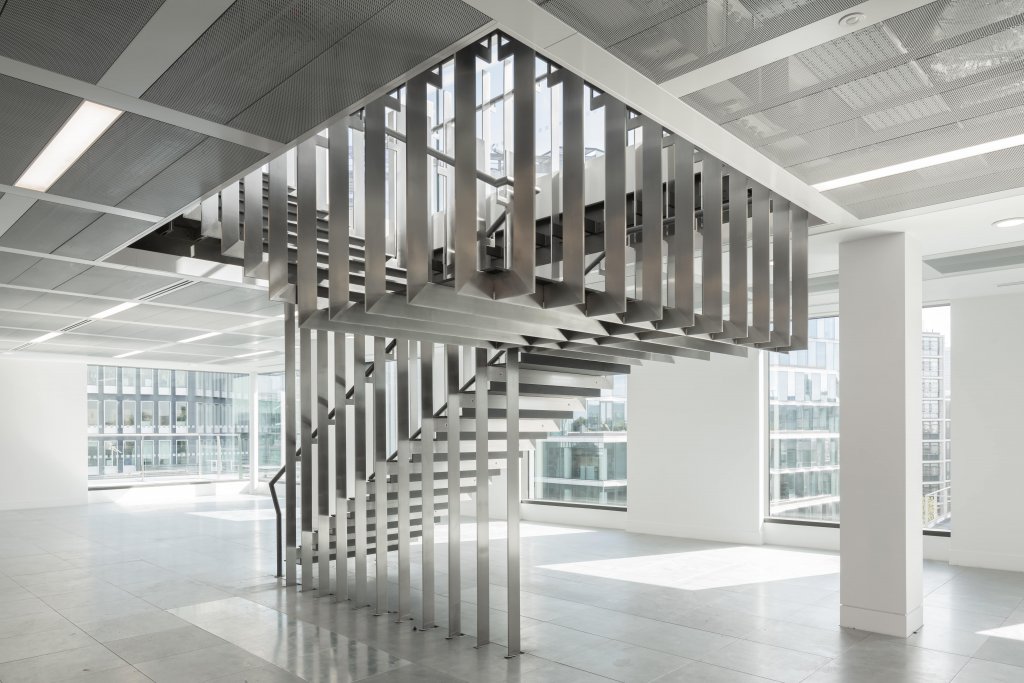
JRA: Bureau, 90 Fetter Lane https://www.jra.co.uk/ 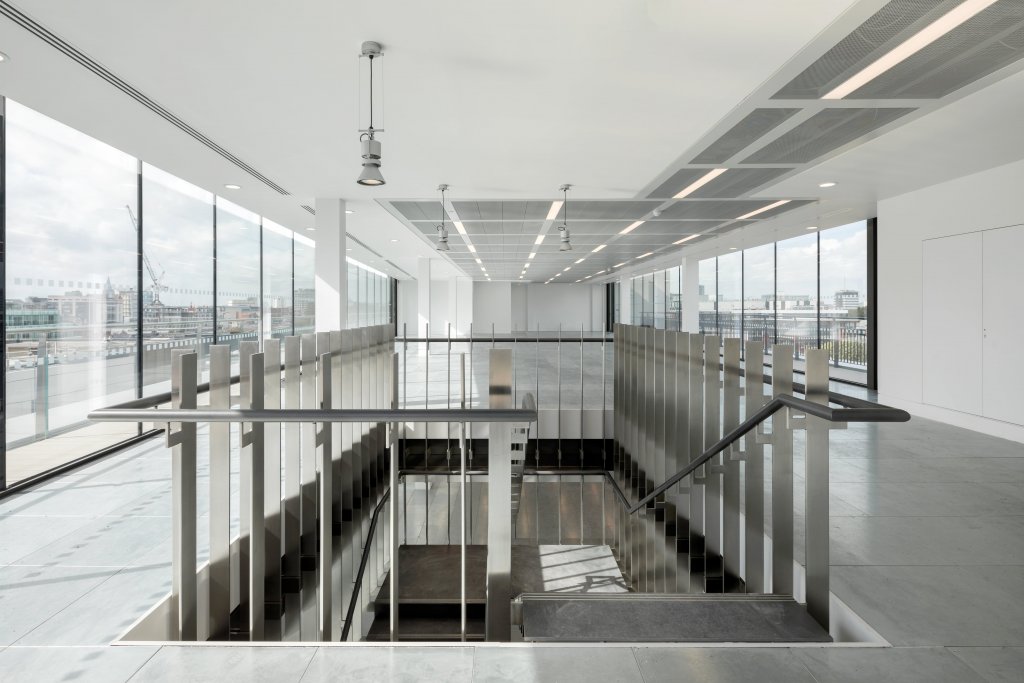
JRA: Bureau, 90 Fetter Lane https://www.jra.co.uk/
Their second move was to relocate plant from the rooftop to the basement to make way for a duplex penthouse office suite, complete with private terrace, which would later be converted into a rooftop bar with panoramic views by the tenants.
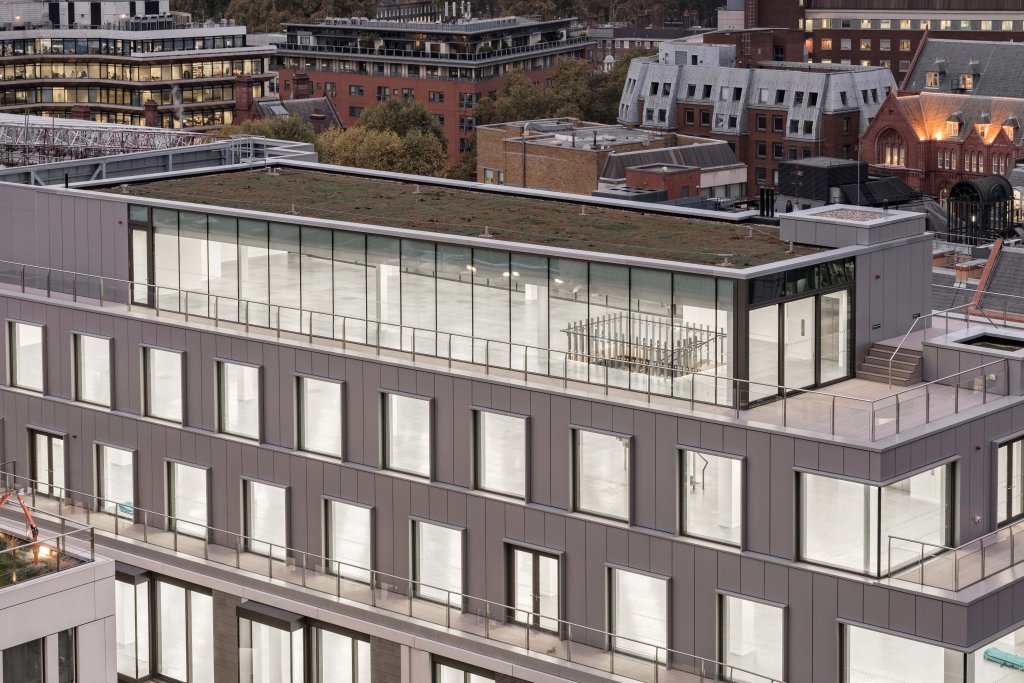
The interior accommodation was then brought in line with modern spatial standards and a series of ‘pop-out’ bay windows introduced along the primary facades to create more lettable area and create natural breakout spaces away from the central office area.
Lastly, to promote active travel of the building occupants, state of the art cycle storage and ‘end of trip’ facilities were introduced at basement level.
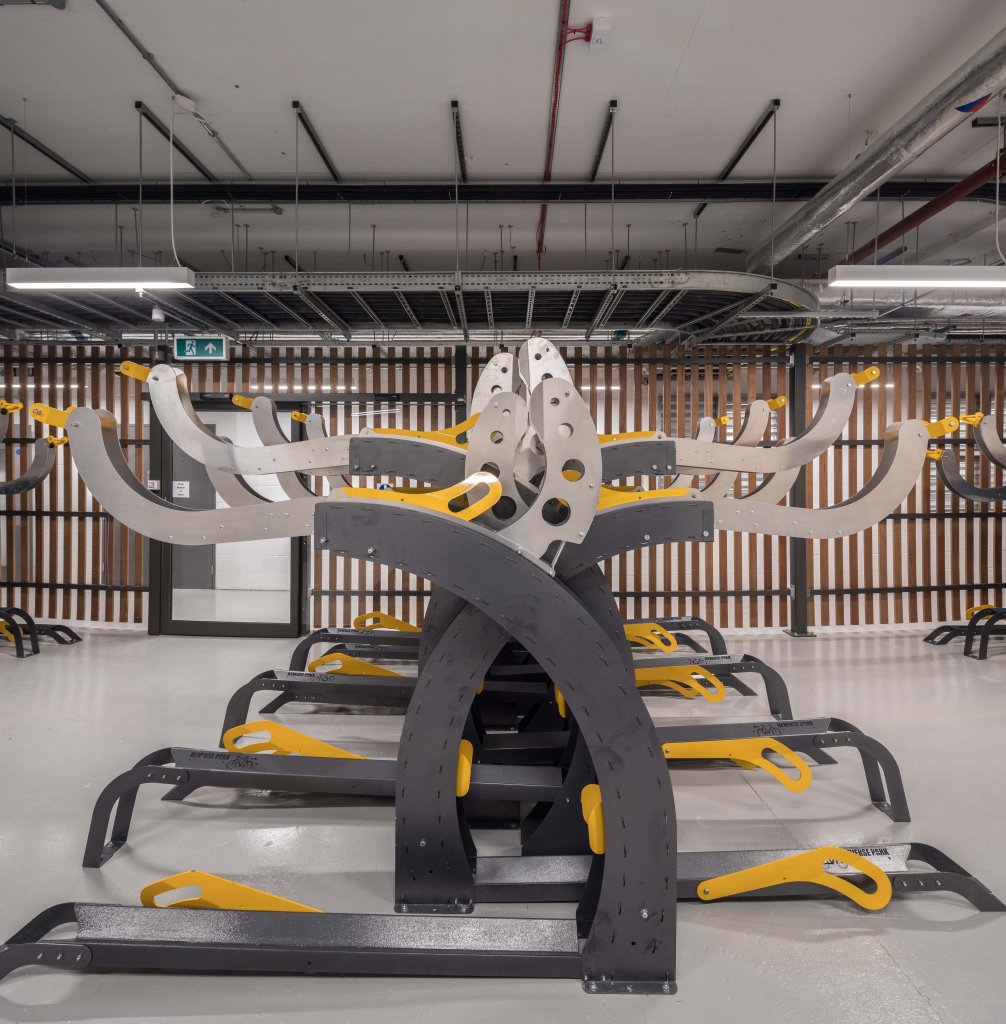
JRA: Bureau, 90 Fetter Lane https://www.jra.co.uk/ 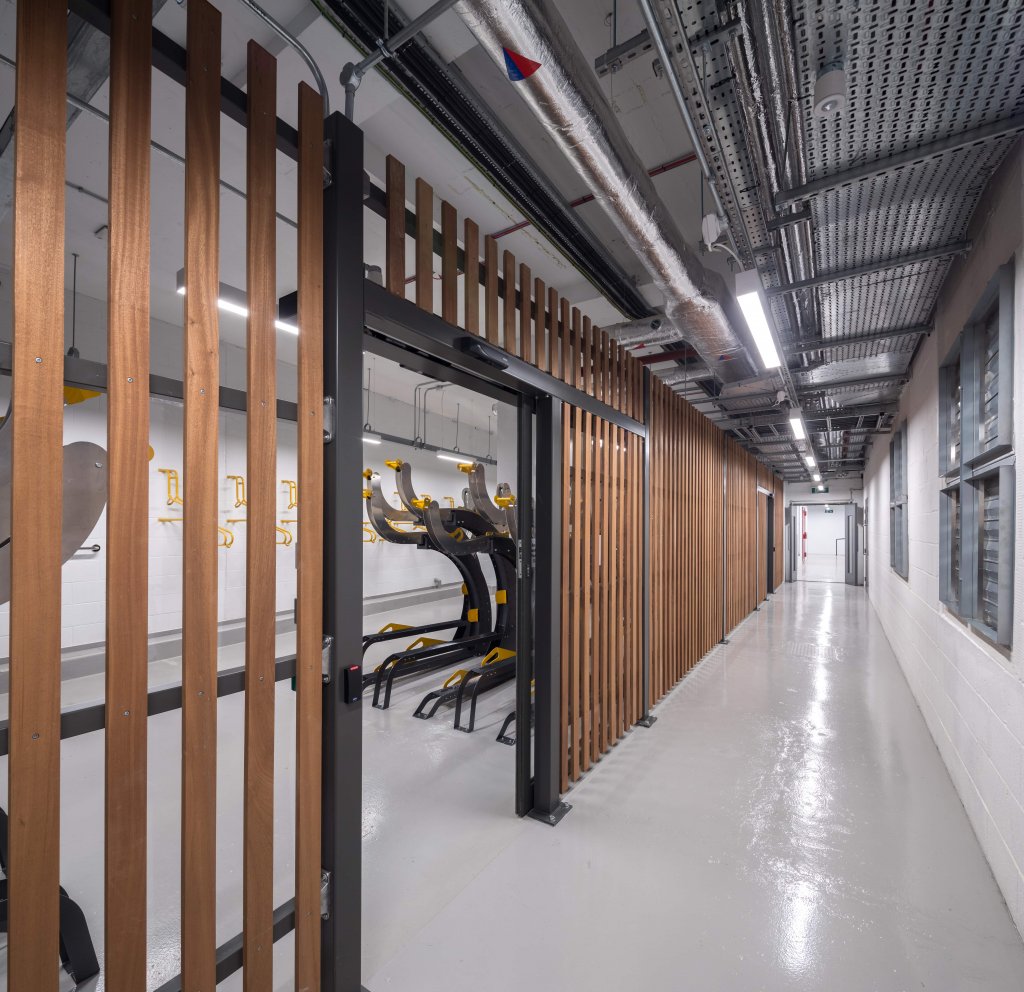
JRA: Bureau, 90 Fetter Lane https://www.jra.co.uk/
Creating the ‘wow’ factor
First impressions are important in business and the client asked the team to create a light, column-free double height space filled with artwork, suitable for occupier reception events.
Kuros continues, “With the help of Archicad, we were able to rapidly prototype different options for layout, finishes, lighting and artwork.
“CGIs generated in-house from the Archicad model were highly effective in conveying each iteration of the design to the client and stakeholders, allowing them to see the value of each option.”
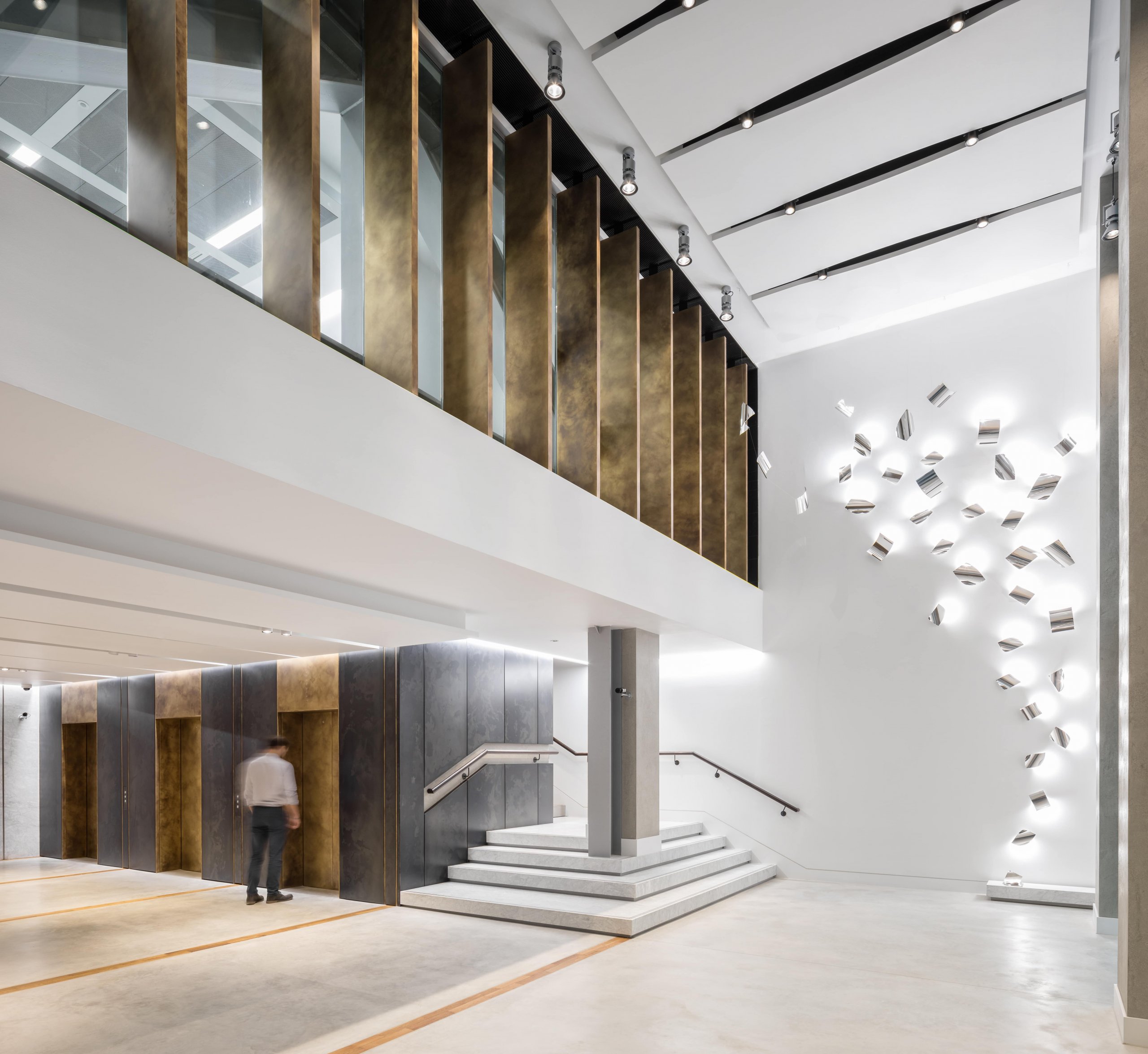
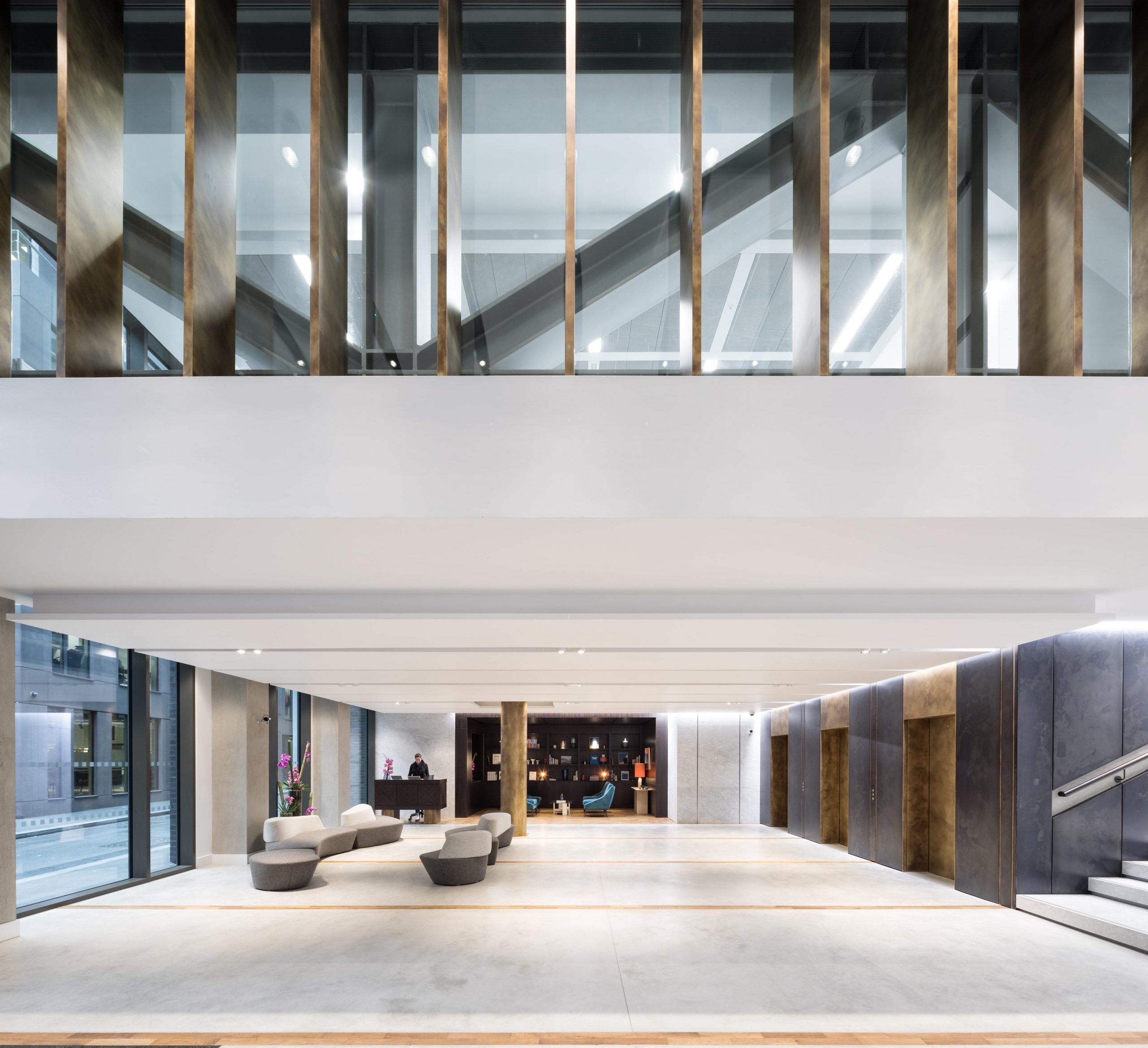
Point-cloud survey aids coordination with existing structure
“One of the unique challenges when refurbishing existing buildings is not knowing the condition or precise configuration of the structural frame until quite late in the programme,” says Kuros. “If major changes to the superstructure are being proposed, this can carry programme and cost risks through to the tender stage.”
To mitigate this risk, an early ‘soft-strip’ of the interior finishes was carried out to expose the structural frame. A point-cloud survey was then carried out to allow the consultant teams to validate their initial designs which had, to date, been based on building surveys and record drawings.
By bringing the point-cloud survey into our Archicad model and working to an accuracy of +/-10mm we were able to quickly identify deviations between the BIM and ‘real world’ structure, identify clashes and refine the volumetric service zones before the main construction contract was let.
Kuros Sarshar
“By bringing the point-cloud survey into our Archicad model and working to an accuracy of +/-10mm we were able to quickly identify deviations between the BIM and ‘real world’ structure, identify clashes and refine the volumetric service zones before the main construction contract was let,” explains Kuros

BUREAU 90 Fetter lane was completed in 2019, achieving a BREEAM ‘Excellent’ rating and has since been nominated for several industry awards including the AJ Retrofit Awards.
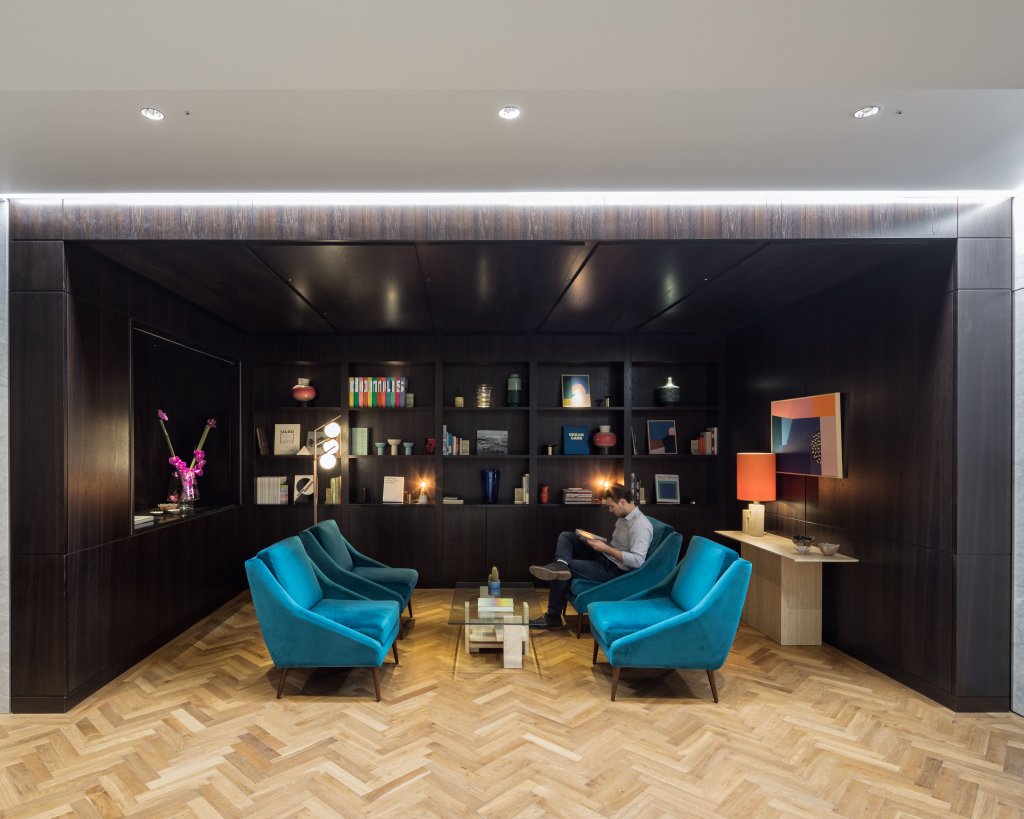

About John Robertson Architects
Established in 1993, John Robertson Architects specialises in carefully considered, contextual and modern designs for large office and residential schemes, restoration and redevelopment projects. The practice is based in central London and supported by a design studio in Lodz, Poland.
About Graphisoft
Graphisoft® ignited the BIM revolution in 1984 with Archicad®, the industry first BIM software for architects. Graphisoft continues to lead the industry with innovative solutions such as its revolutionary BIMcloud®, the world’s first real-time BIM collaboration environment; and BIMx®, the world’s leading mobile app for lightweight access to BIM for non-professionals. Graphisoft is part of the Nemetschek Group.
